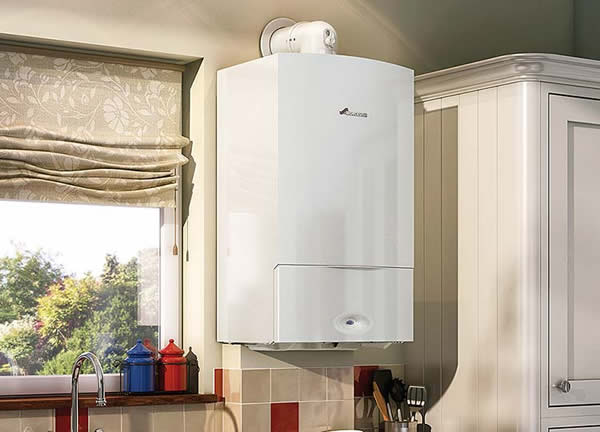Energy prices hikes to stay with us for the next three years

Despite Government efforts to end dependence on foreign oil and gas by launching a new energy strategy to have 95% of the UK’s electricity come from low-carbon sources, ministers have now acknowledged families will not see lower energy bills for at least three years.
With energy prices seemingly being the main contributor to Brits’ bill shock for the next years to come, Mark Sait, CEO and Founder of sustainability and money-saving consultancy – SaveMoneyCutCarbon (SMCC) – says one of the top reasons why Brits are wasting hundreds on their bills is not insulating their home properly.
Sait explains a commonly overlooked element of heating a home is the home itself, with a long list of things you can do to your home to ensure it’s being heated efficiently, from cavity insulation all the way down to cling film. These are clearly outlined on SMCC’s e-commerce home shop, or can be found on their app by searching ‘SaveMoneyCutCarbon Home’, on both Apple and Android devices:
1. Preventing draughts
Radiators are most effective when they’re put in a space they’re capable of heating. If you increase the size of the space, for example leaving the lounge door wide open, then you risk that heat escaping. Simply pushing doors to in rooms throughout your house will have a significant effect on allowing that heat to stay in each room. However, pushing a door-to won’t completely fix the issue if you have a draught coming in from outside the home. The most common culprits are doors and windows. A cost-effective solution is draught excluder tape which can be placed along the seals of doors and windows to help prevent the breeze getting in.
2. Cavity-wall insulation
About a third of a home’s heat is lost through its walls, and cavity wall insulation is designed to prevent that. If your home was built after the 1920s then it is likely that you have cavity walls. A cavity wall is made up of two walls with a gap in-between known as the cavity. The outer layer is usually brick with the inner layer being either brick or concrete blocks. Homes built within the last 20 years most likely have insulation already, but you can ask a registered installer for a borescope inspection, where they’ll drill a hole into the wall to see if it’s hollow or filled.
3. Heat the rooms that you use
Energy can be wasted if your heating rooms that you aren’t using, for example a spare room. Turning radiators off in those rooms will help reduce your energy spend but be sure to keep the door shut to prevent the cold air in the room making its way through the home. There is one downside to doing this though, and that is when you want to use the room it’s cold.
4. Install a smart thermostat
As the name implies, smart thermostats are device-integrated thermostats that work with your web browsers, computers, or even smart speakers like Amazon Echo or Google Home. Designed for convenience, efficiency, and comfort, smart thermostats enable you to exercise complete control over your thermostat settings, no matter where you are. With additional insights such as usage history, this device is great to keep track of how often you use your boiler system and for how long. According to the Energy Trust, the correct use of a thermostat can prevent 330 kg of carbon dioxide from ending up in the atmosphere, and save approximately £100 per annum. Smart thermostats can be easily installed with all types of boilers, even older systems, without any hassle.
5. Place your thermostat correctly
The placement of a thermostat isn’t a top priority for most people – but this has a direct impact on your utility bills. Why? Because thermostats measure the room through sensors that read the temperature around them, and adjust the air conditioning accordingly. If you install them in a very cold or hot room, the reading may not reflect the true temperature of your home. For instance, a thermostat installed near the kitchen will sense the warm air coming from the room, and may lower your home’s overall temperature. The best possible location for a thermostat would be a wall, in a frequently used room. It’s a good idea to place the thermostat four to five feet high, and ensure that the sensor remains unobstructed by doors, bookshelves, or any other items that can hinder its ability to sense the temperature accurately.
6. Radiator Foil
A very cost-effective way to reduce energy usage is to place tinfoil behind radiators, which will help reflect the heat inwards. This is easily done by using double-sided tape to place the foil behind the radiator, ensuring that the reflective side is facing inwards. If you wanted to spend a little extra, you could purchase radiator foil which does the same job but more efficiently.





